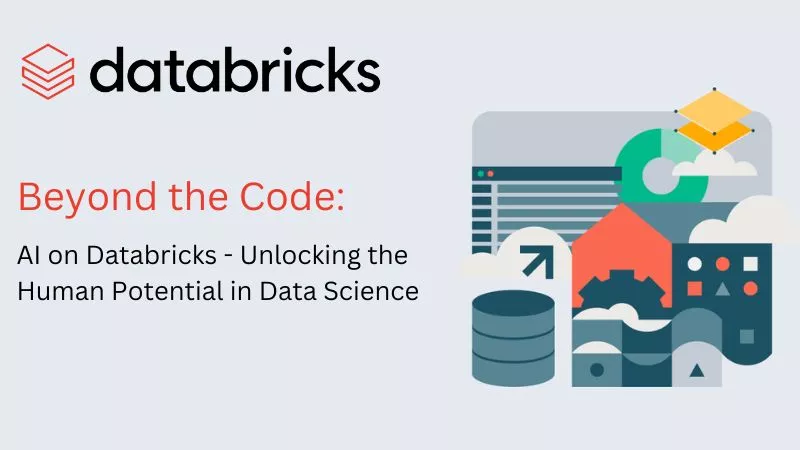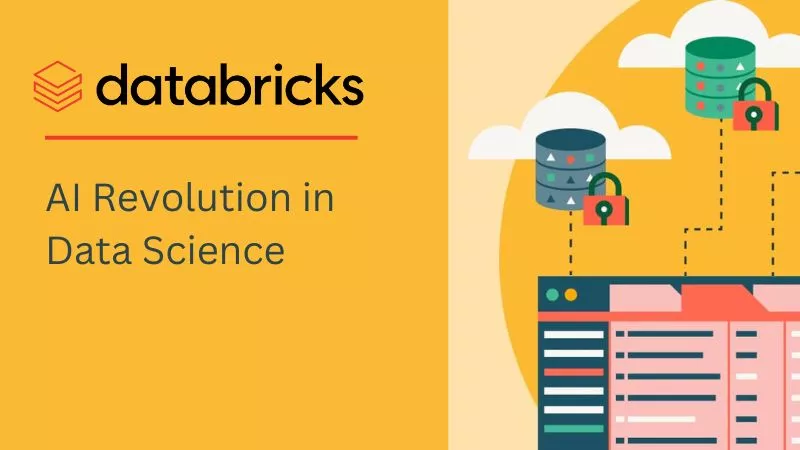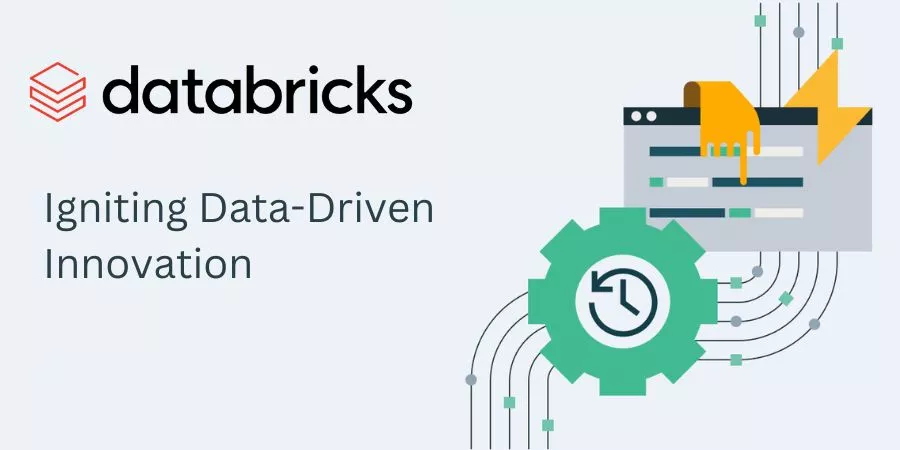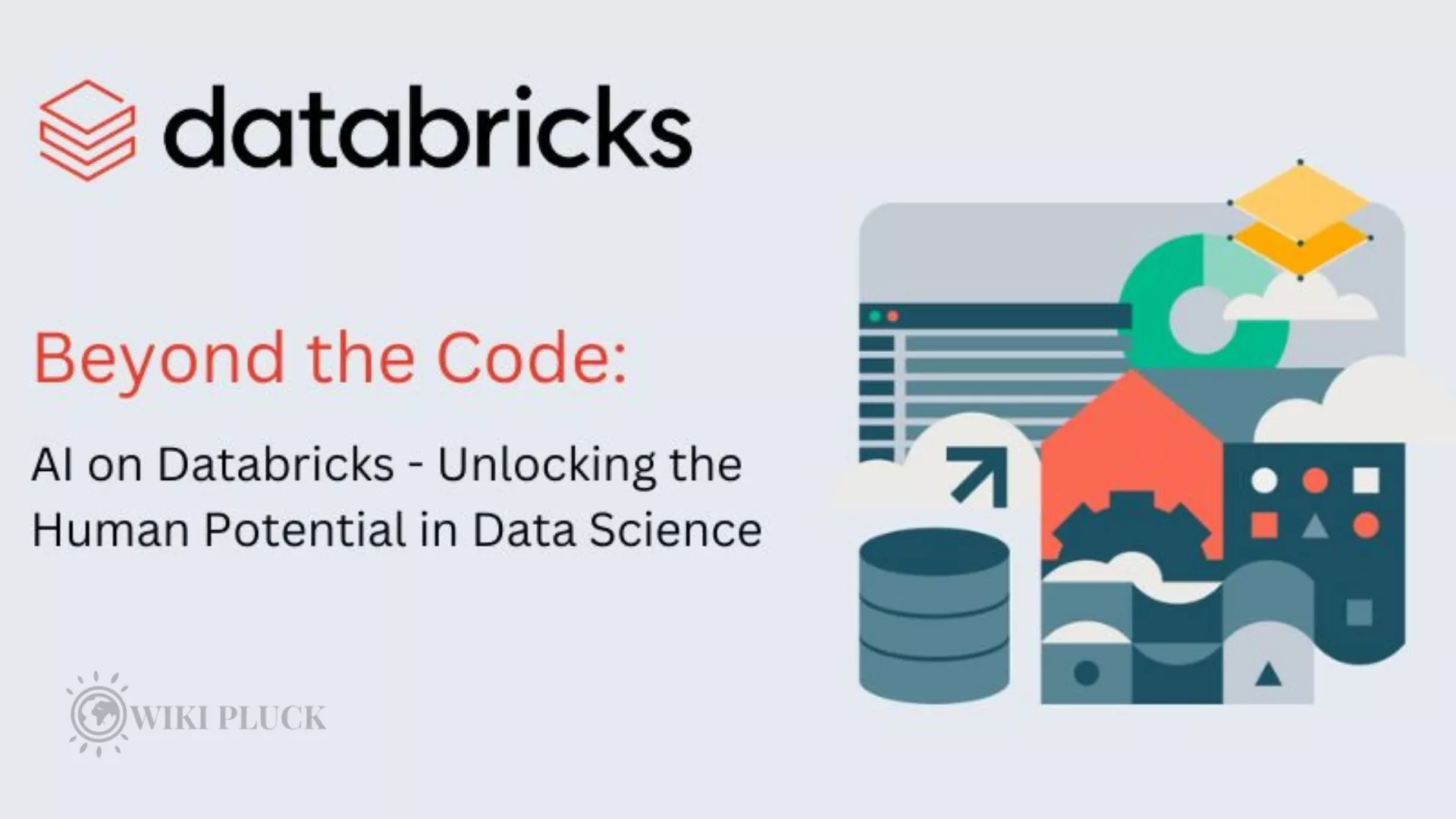Introduction:
In the quickly developing scene of data science, the joining of AI (artificial intelligence) has become something other than a pattern; a groundbreaking power is reshaping how associations influence data. Databricks, a unified analytics platform designed to accelerate innovation in data science and machine learning, is one of the platforms leading this charge.
To unlock the full potential of human creativity and insight in the field of data science, we investigate how Databricks goes beyond conventional coding paradigms in this article.

The Databricks Benefit:
Databricks consulting services is a collaborative environment that connects business intelligence, data science, and data engineering. Its cloud-based platform makes data collection, cleaning, and analysis easier by integrating with popular data sources. Notwithstanding, what separates Databricks is its consistent reconciliation of artificial intelligence instruments and abilities, empowering clients to go past the code and tap into the natural imagination of human data experts.
AI Revolution in Data Science:

The use of artificial intelligence (AI) is more than just a fad in the rapidly changing field of data science; it arises as an impressive upheaval, reshaping the actual underpinnings of how associations get value from their information. Artificial intelligence has turned into the main impetus behind a change in perspective, proclaiming a time where machine knowledge teams up flawlessly with human creativity to open up extraordinary experiences and potential.
This upset is more than a mechanical development; It represents a fundamental shift in our approach to and utilization of the vast amounts of data available to us. It offers a glimpse into a future where the synergy between human expertise and machine capabilities produces transformative outcomes as AI continues to permeate every aspect of data science.
Also Read: Why Is Human-assisted Data Collection Critical For AI/ML Training
Advantages of AI over Databricks
Bound together Work area:
Databricks provides a brought-together work area that works with coordinated effort among different groups. Business analysts, data engineers, and data scientists can collaborate in one place, breaking down silos and fostering a culture of collaboration. Users are given the ability to concentrate on insights rather than having to deal with the complexities of code because the platform makes it possible to seamlessly transition between querying, visualization, and coding.
AI Libraries and Structures:
Databricks upholds famous AI libraries and structures, for example, TensorFlow, PyTorch, and scikit-learn. Data scientists are able to use the tools they prefer without being restricted by a particular framework thanks to this. The stage likewise gives pre-introduced MLflow, an open-source stage for dealing with the start to finish AI lifecycle, further smoothing out the turn of events and arrangement of AI models.
AutoML and Hyperparameter Tuning: Accelerating Model Development
AutoML capabilities are one of Databricks’ most innovative features. Data scientists are able to rapidly prototype and deploy models using Automated Machine Learning (AutoML) tools without having to do a lot of manual work. Furthermore, the stage upholds hyperparameter tuning, enhancing model execution and speeding up the model advancement lifecycle.
This shift towards mechanization opens up data researchers to zero in on significant-level errands, for example, highlighting the designing and translation of results.
Data Visualization: Unveiling Patterns and Trends:
Databricks outfits clients with strong information perception devices, working with natural investigation and comprehension of intricate examples and patterns. Subheading centers around the visual way to deal with information examination and its job in direction.
Databricks consulting services provide powerful data perception devices that permit clients to instinctively investigate and figure out their data. With the help of famous representation libraries like Matplotlib and Plotly, data researchers can make intuitive and shrewd perceptions straightforwardly inside the stage. This visual approach to data analysis encourages a deeper comprehension of intricate patterns and trends, making it easier to make decisions based on more accurate data.
Collaborative Notebooks and Version Control: Fostering Dynamic Teamwork:
The stage’s cooperative notepads empower groups to cooperate consistently. Different clients can add to a scratch pads progressively, encouraging a cooperative and dynamic way to deal with data science. Moreover, Databricks consequently tracks modifications to scratch pad, giving a nitty gritty history of changes. This not only makes version control better, but it also makes it easier to share knowledge and makes sure that the development process is open.
Databricks: Igniting Data-Driven Innovation:

Databricks arose as a groundbreaking power at the front of information science and AI development. This bound-together investigation stage, in excess of a simple device, is accurately designed to speed up development. Consistently incorporating different information sources and encouraging cooperation, Databricks pushes associations into another period of information-driven revelation.
Also Read: What is Data Migration Software?
Databricks: A Catalyst for Innovation
Databricks is a unifying catalyst that reduces the complexity of data processing in the dynamic field of data science. Its unified workspace serves as a meeting place for data engineers, scientists, and analysts, resulting in cross-departmental synergy. This combination develops a climate where various abilities and points of view blend to drive historic advancement.
As an impetus for innovativeness, Databricks smoothes out processes as well as sparkles the creative minds of information experts. Supporting well-known AI libraries and systems, the stage enables information researchers to explore different avenues regarding progressed calculations, pushing the limits of what’s conceivable. Innovation-infused databricks become the beating heart of a data-centric revolution.
Databricks: Liberation from Coding Constraints:
In the captivating universe of information science, Databricks becomes the overwhelming focus by breaking liberated from the requirements of conventional coding, opening the full range of human imagination. This section examines Databricks’ liberating experience, making data science an art as much as a science.
Customarily, coding has been the language of information science — a strong yet prohibitive device. By providing a unified workspace where users can seamlessly switch between coding, querying, and visualization, Databricks breaks away from this paradigm. The door to a new era of creativity is opened by this release from rigid code.
Imagine an information researcher, liberated from the complexities of sentence structure, investigating the information scene naturally. Databricks makes this a reality, giving a cooperative climate where suggestions stream consistently, and representations show some major signs of life easily. This takeoff from the customary coding mold is an insurgency — a development enabling information researchers to imagine and carry out arrangements past ordinary code.
Unleashing Human Creativity
A new breed of data professionals, artists and innovators who paint with data, sculpt with algorithms, and compose symphonies of insights, are made possible by Databricks. The slogan “Unleashing Human Creativity” is not enough; It is the core of Databricks’ revolutionary contribution to the field of data science.
Also Read: 10 Best Lead Generation Tools & Software in 2023
Conclusion:
As a final review, databricks is a paradigm shift in the field of data science because it goes beyond standard coding practices to help data professionals realize their full potential. Databricks gives data scientists the ability to concentrate on innovation, creativity, and problem-solving by seamlessly integrating AI tools, collaborative environments, and automated processes.
Platforms like Databricks play a crucial role in shaping the future of data science, where human intelligence and machine capabilities converge for unparalleled results, as organizations increasingly recognize the significance of extracting meaningful insights from their data.
As the driving force behind WikiPluck, I am dedicated to curating and sharing insightful knowledge across a spectrum of subjects. From technology trends to Business advice, WikiPluck strives to be a go-to resource for those seeking to enhance their understanding and make informed decisions.
Join me on this journey of discovery and enlightenment as we pluck the gems of wisdom from the vast landscape of knowledge.

